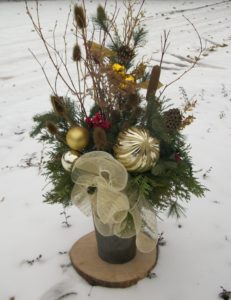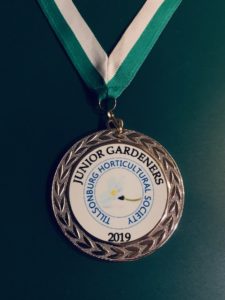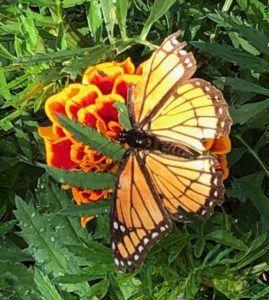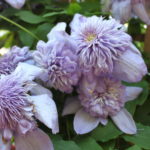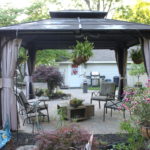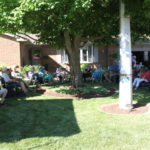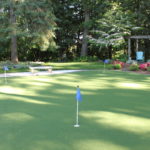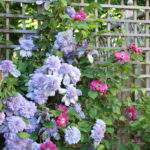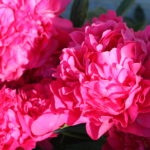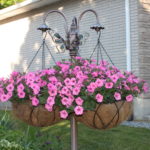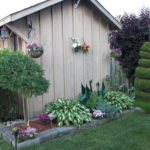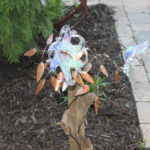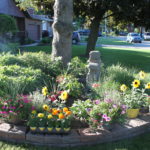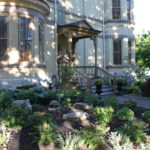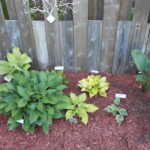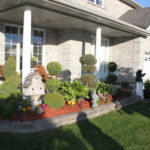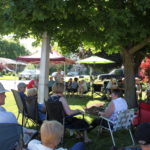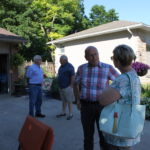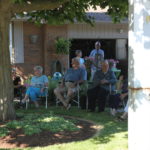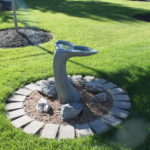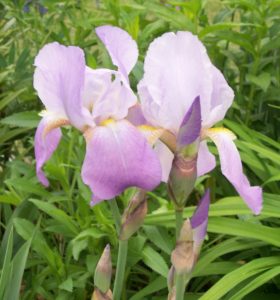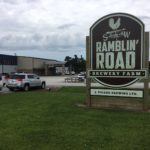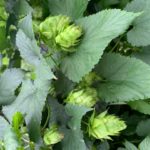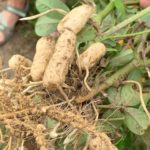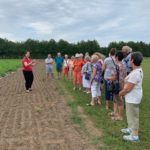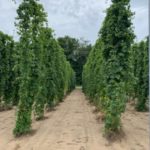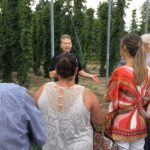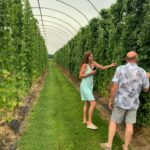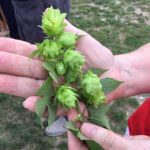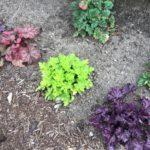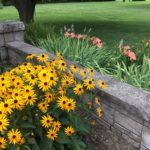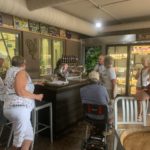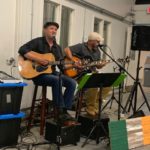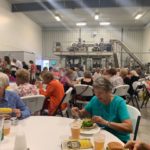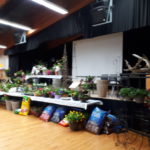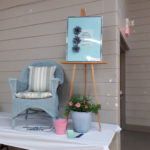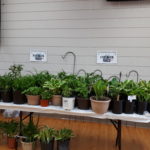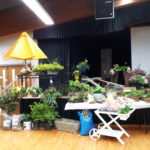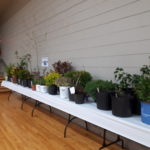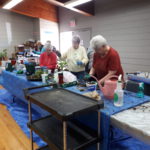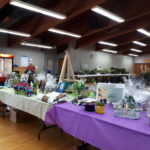It’s Still Just Dirt, The Tillsonburg News – November 2019
by Angela Lassam
It is that time of year to use your creative skills to make fresh green arrangements for both indoors and outdoors. There are many to see in the big box stores but they are all similar. You can make them yourself with less expense and they will be unique. After Christmas leave the urn outside for a pleasant view from indoors during the black and white season.
Matt Fenn did a presentation for Christmas at the last monthly meeting demonstrating how to make a Christmas urn. He reinforced my preference for traditional greenery. He did tell us British Columbia can grow better pine, cedars and spruce due to their climate but Ontario does a good job especially with our summer this year. California can grow the larger pine cones found in the nurseries this time of year. I tend to browse the hedgerow for unusual additions to my arrangements during my daily walk. It is acceptable to add artificial pieces to add colour.
To make any winter arrangement for outdoors it is best to fill a pot with sandy soil for weight and stability. Larger tall pots can take big stones and a block of oasis instead of soil but soak oasis in water before use. The same rule gardeners use for filling summer pots applies – thriller, filler and spiller.
Start with a centre tall piece – white birch boughs have been popular for a few years and can be stored for years to come. There are even good artificial pieces available. Dogwood branches are red and add the first colour, any branches painted white will stand out. I spray paint any interesting wild dried material – thistles, bulrushes and feathery stems with metallic paint.
Next start adding spruce and pine branches, the more the better. Around the bottom edge add cedar as the ‘spiller’ draping around the edge of the container. Ivy reinforced with floral wire makes a different spiller. Euonymus is variegated and can add a break in the solid green. Now you have a basis to do the actual decorations of colour.
This is where individual preferences come in. You can decide at this point the colour theme. Traditional is red but silver, rose gold, copper or even white can be very effective. Most of these items will be artificial and can be found in big box stores, nurseries with giftware and even dollar stores. If you decide on rose gold dried hydrangeas can make an impact. I prefer glitter and use glass balls as my filler either gold or red depending on the appearance. I also like to add holly and pine cones to mine with finally a bow to make it complete.
After Christmas the festive parts and bow can be taken away and it will still look interesting covered in snow. If you have a silver theme it will glisten nicely later when the winter sun shines. Matt suggested watering occasionally when it is warm enough but it will survive through the cold temperatures.
I hope you will try to do an arrangement as it is gratifying and inexpensive. It will create a great welcome to your home and can even be a talking point between friends and fellow gardeners.
There will be no December meeting for the Tillsonburg Horticultural Society. For members only there will be the Christmas Potluck Supper on Tuesday, December 3rd in the Lions Auditorium, Tillsonburg Community Complex.
